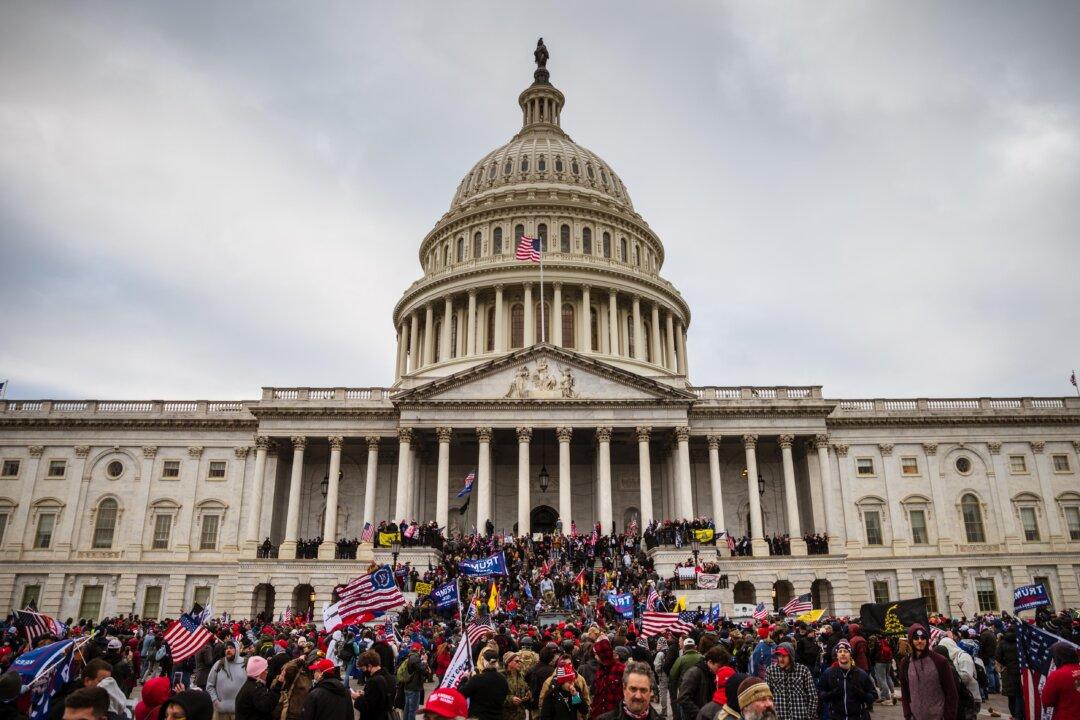A Memphis-area man has been found guilty on July 21 of felony and misdemeanor offenses for his actions amid the breach of the U.S. Capitol on Jan. 6, 2021.
Lawmakers gathered at the U.S. Capitol for a joint session of Congress to count and certify electoral votes for the 2020 presidential election on Jan. 6, 2021. But proceedings in the chambers were temporarily interrupted when a sizable group of protesters entered the Capitol building and its surrounds. Thousands of protesters, mostly peaceful, remained outside.




